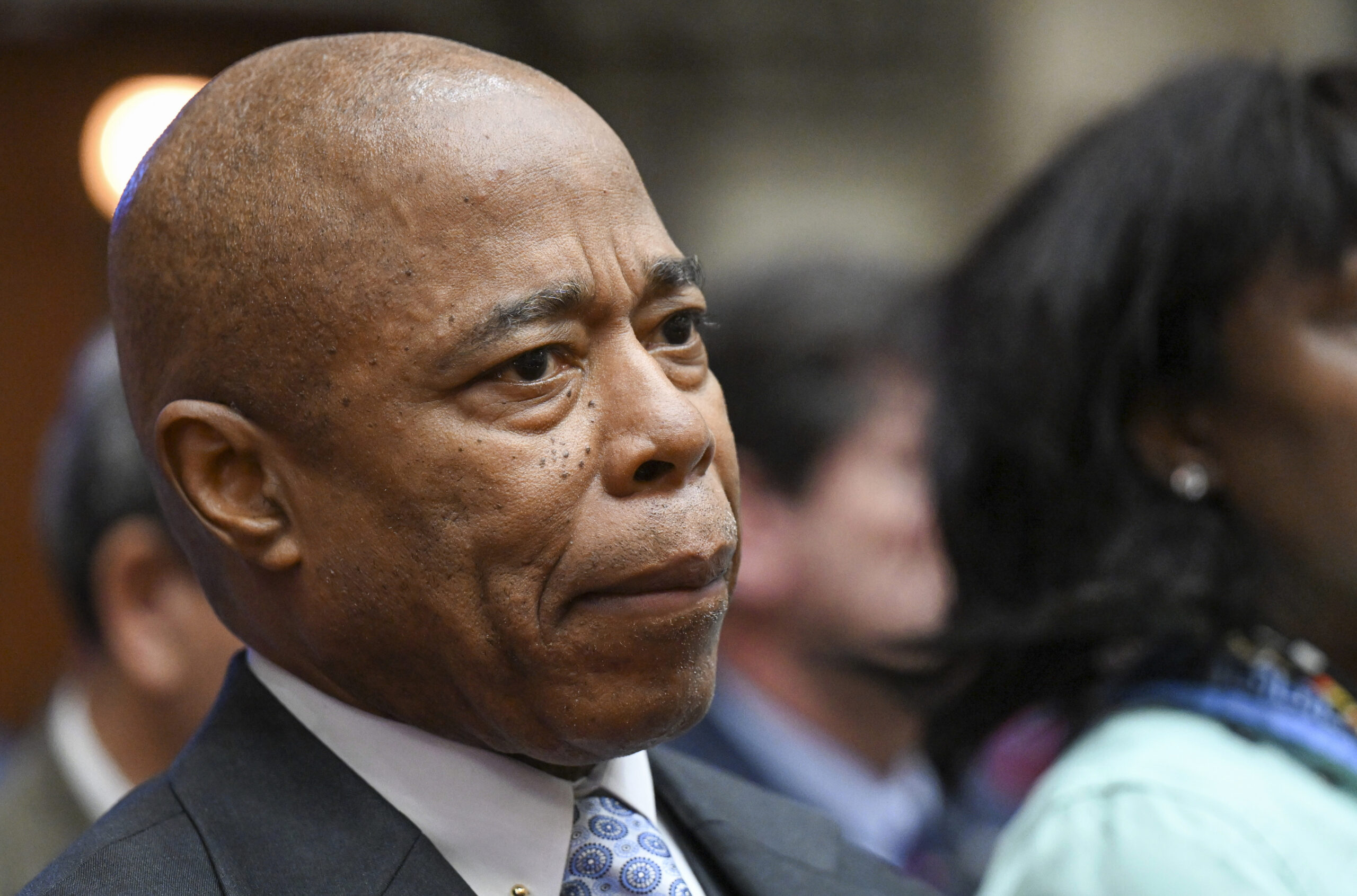SHOCKER: Mayor’s private BQE meeting could divide Brooklyn politicians
City Hall seems to support 3-lane superhighway pushed by southern Brooklyn; electeds who lobbied for 2 lanes not invited

This story was updated with a comment from City Hall Friday morning.
Despite trumpeting a once-in-a-lifetime opportunity to transform the Brooklyn-Queens Expressway (BQE) in a way that would reduce pollution and restore equity across the borough, the Adams administration appears to be quietly pushing to rebuild the same six-lane superhighway that was built 70 years ago in communities along the Brooklyn waterfront.
To accomplish this, City Hall is pitting southern Brooklyn against northern Brooklyn.

Brooklyn Boro
View MoreNew York City’s most populous borough, Brooklyn, is home to nearly 2.6 million residents. If Brooklyn were an independent city it would be the fourth largest city in the United States. While Brooklyn has become the epitome of ‘cool and hip’ in recent years, for those that were born here, raised families here and improved communities over the years, Brooklyn has never been ‘uncool’.